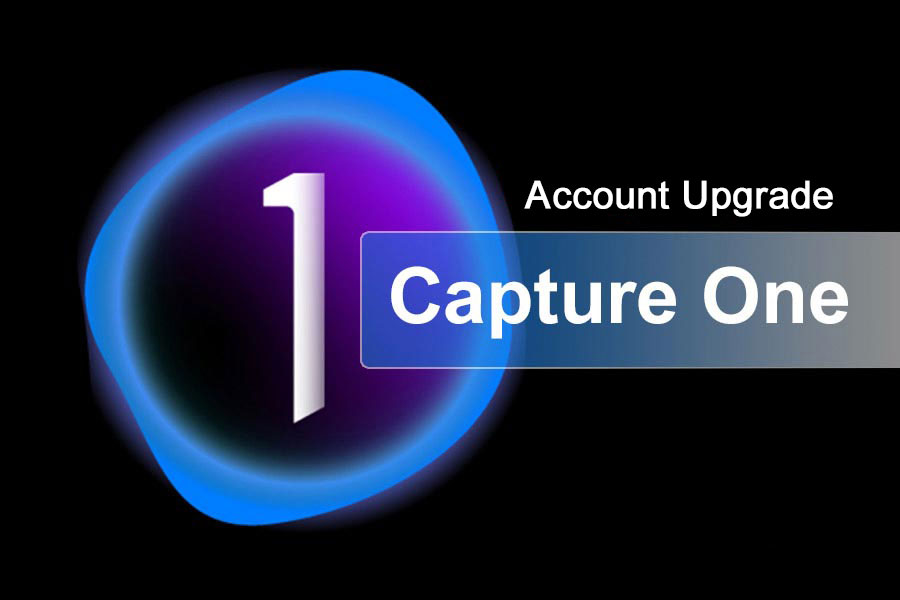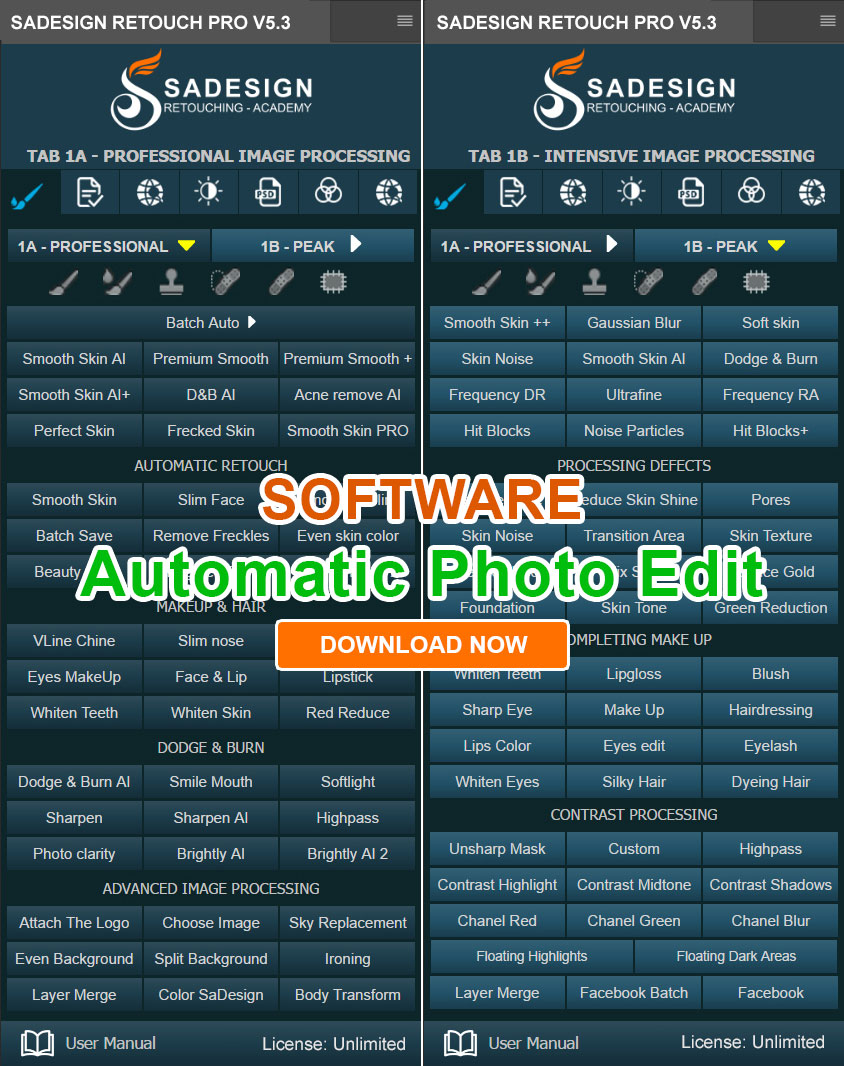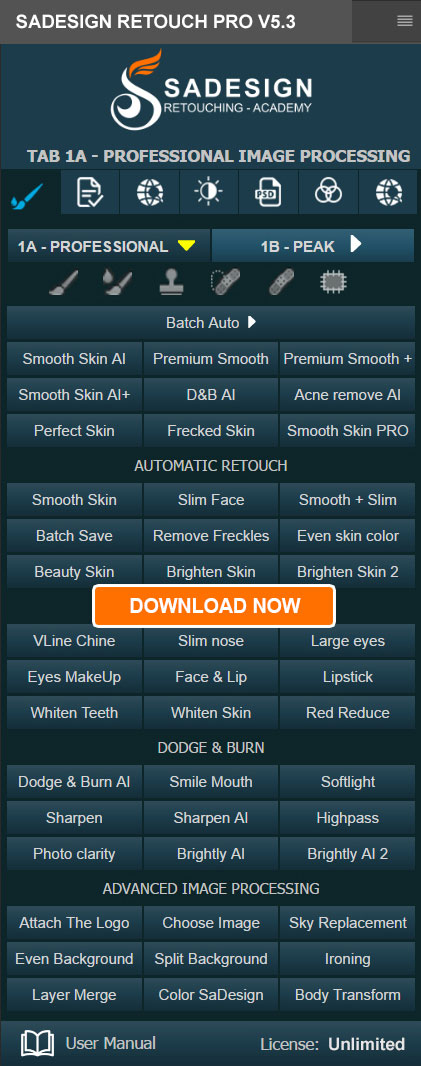Best Selling Products
65% of Vietnamese businesses apply AI chatbots to increase customer care efficiency
Nội dung
AI applications in customer care in Vietnam are exploding, highlighted by automated messaging solutions such as chatbots.
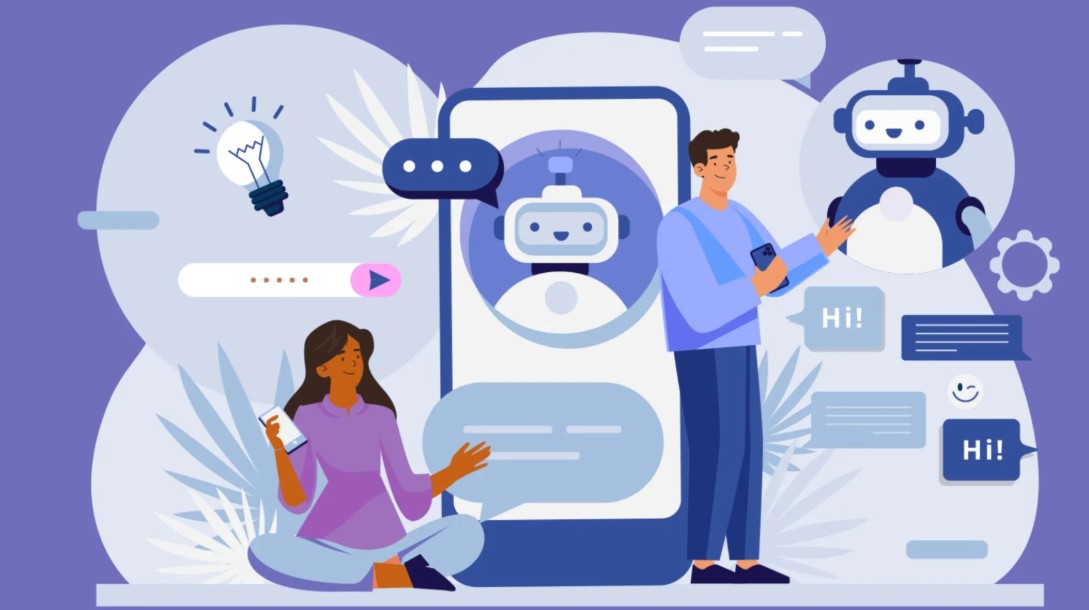
According to a survey published by Deloitte Access Economics in 2024, Vietnam has risen to the top in Southeast Asia in terms of the percentage of businesses using automated messaging tools integrated with artificial intelligence (AI) to communicate with customers. Specifically, up to 65% of Vietnamese businesses confirmed that they are applying these tools, while the figure in Indonesia is only 58%, Malaysia is 52% and Thailand is 50%. This is a remarkable step forward, showing not only the rapid speed of digitalization but also reflecting the open spirit and strong determination in accepting new technology of the Vietnamese business community.

Leading the region in AI application in customer messaging shows a clear change in the way Vietnamese businesses build customer care and engagement strategies. While in the past, many businesses only considered customer communication as an after-sales support activity, now they consider it an essential part of the overall experience journey, where AI acts as a direct, fast and accurate bridge between brands and consumers.
1. Chatbots and messaging automation
Among the AI applications being deployed, chatbots and messaging automation solutions have emerged as the most popular and effective tools. Not only playing the role of answering simple questions, chatbots today are integrated with artificial intelligence to understand context, analyze data and give appropriate responses according to each specific situation.
The most obvious strength of AI chatbots is their ability to respond 24/7. As customers increasingly expect quick support, a brand’s ability to respond immediately becomes a key competitive advantage. For example, if a customer texts in the middle of the night to ask about a product’s return policy, the chatbot can immediately provide an accurate answer instead of forcing the customer to wait until business hours.
Not stopping there, many businesses also integrate AI so that chatbots can suggest products, support ordering or track order status. This helps the customer experience to be uninterrupted, and at the same time turns chatbots into virtual "salespeople" that can serve thousands of customers at the same time without increasing personnel costs.
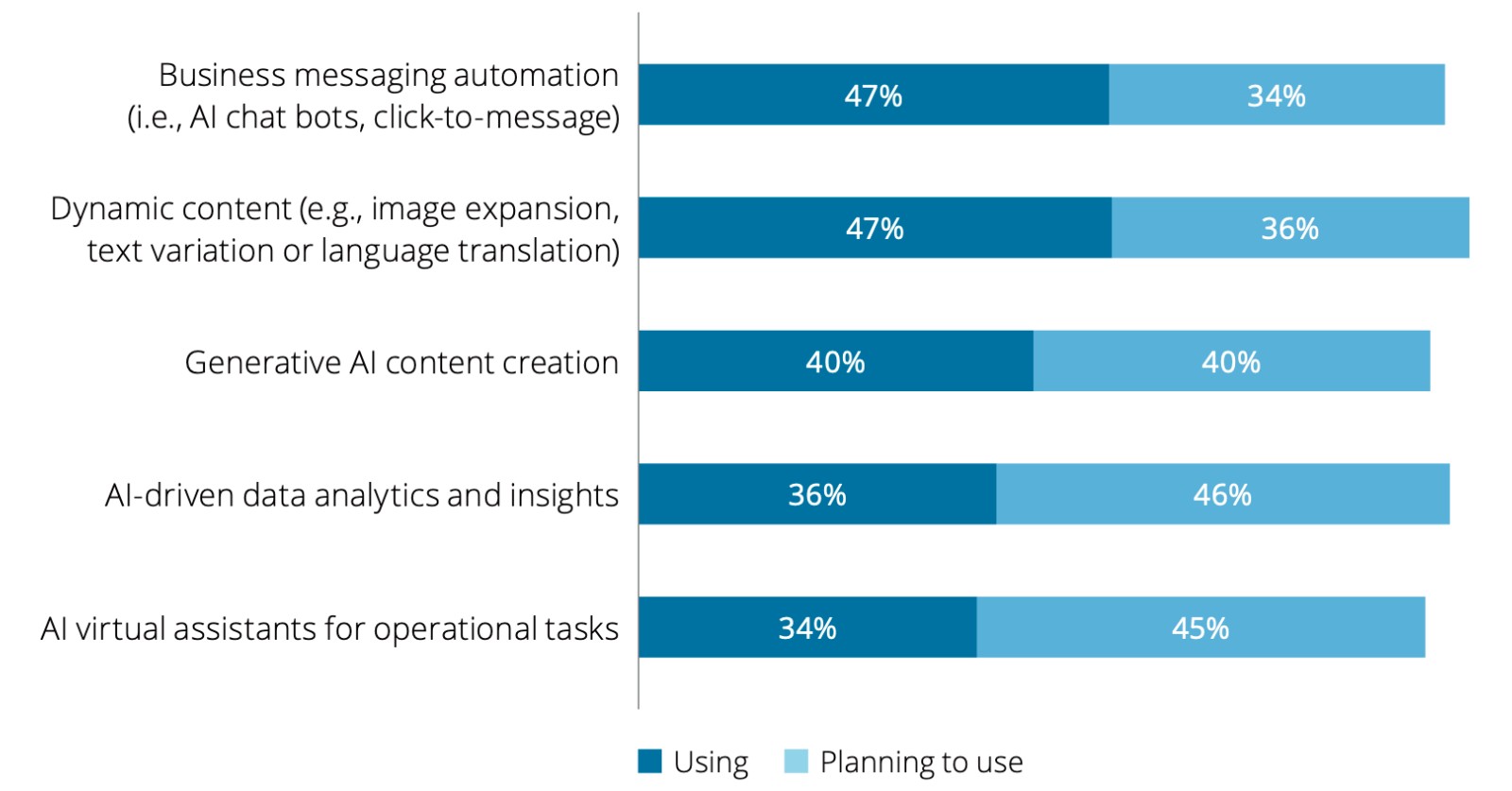
According to the survey report, 47% of Vietnamese businesses said they have used chatbots and automated messaging tools regularly in their daily operations . Another significant number is that 34% of businesses are preparing to deploy or planning to use them in the near future. This proves that AI in customer care is no longer at the experimental stage but has entered the popularization stage, becoming a strategic choice for many industries, from retail, e-commerce to banking and public services.
2. Vietnamese businesses and their high level of readiness for AI
A bright spot of Vietnam in this picture is its high readiness for AI technology . The survey shows that up to 93% of small and medium enterprises (SMEs) have applied AI in one or more stages of operation. This number far exceeds expectations and affirms that the Vietnamese business community not only approaches new technology passively but also proactively turns it into a tool to optimize efficiency.
Of these, 66% of businesses use AI for customer communication , 63% take advantage of technology to expand access to domestic customers and 56% use it to analyze and understand user needs . These rates show the diverse approach of Vietnamese businesses: focusing on taking care of current customers, while constantly looking for ways to expand the market and optimize products and services.

Another important factor driving this process is the popularity of messaging platforms in Vietnam, especially Zalo, Messenger and WhatsApp. Vietnamese people are used to using chat applications as their main communication channel, so it is much easier and closer for businesses to integrate AI into these platforms than in other markets where consumer behavior is more fragmented.
3. AI applications
The adoption of AI in messaging platforms is not simply a technological change, but also reflects a shift in strategic thinking for businesses .
Whereas customer service was once seen as a “back office” activity to handle problems, now, with the help of AI, businesses are starting to see customer communication as a central part of their growth strategy. Every message becomes an opportunity to make a positive impression, build trust and nurture long-term relationships.
According to the survey results, 91% of Vietnamese businesses affirmed that digital tools such as AI help improve communication efficiency , while 92% agreed that this is a key factor to increase work productivity . This reflects a growing awareness of the role of technology in reshaping the way businesses operate.
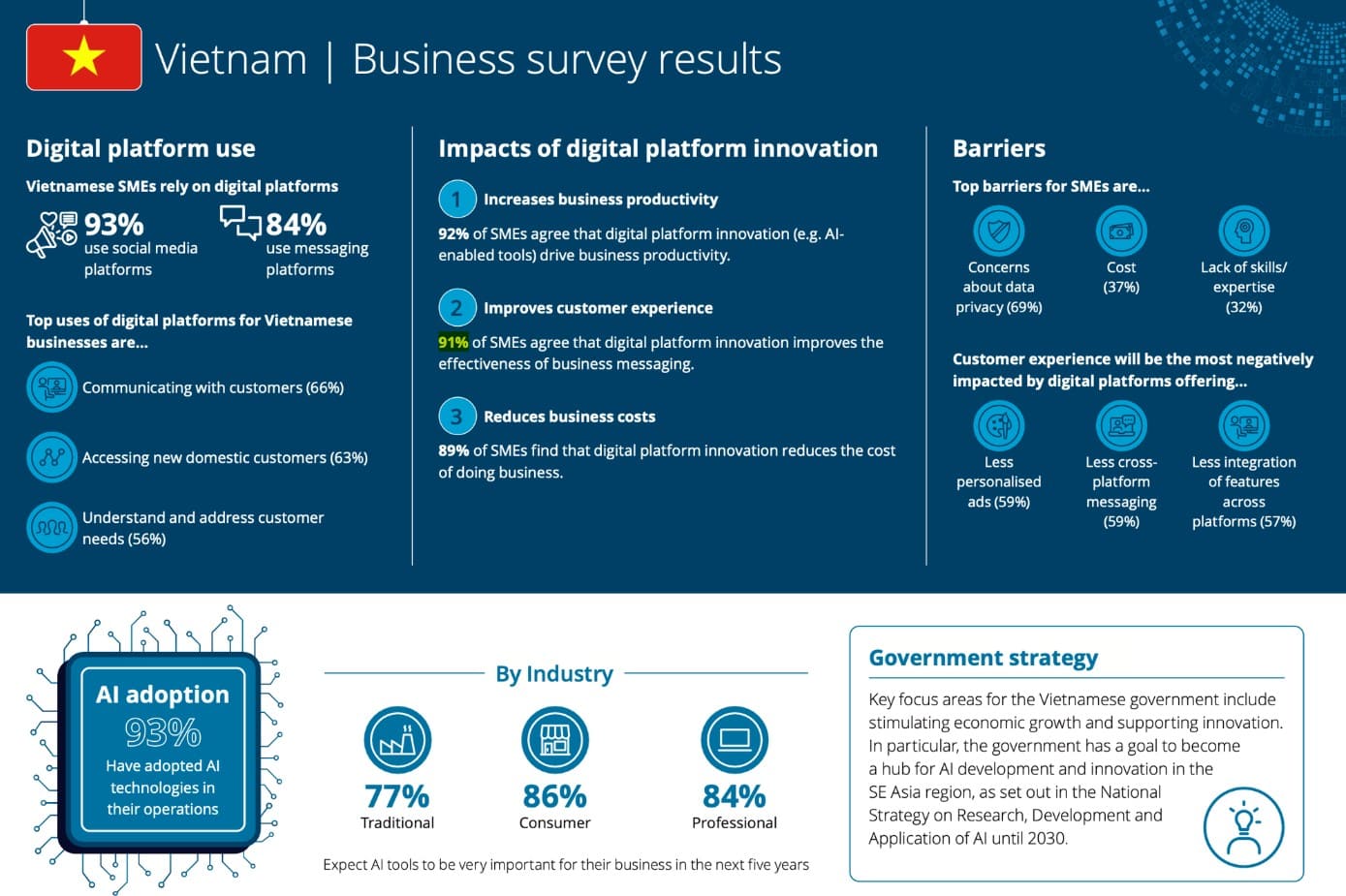
More importantly, AI does not completely replace humans but plays a supporting role, freeing employees from repetitive, time-consuming tasks. Thanks to that, the HR team can focus more on strategic tasks such as innovation, product development or handling complex situations that require empathy and flexibility.
4. Barriers and challenges in AI implementation
Despite significant achievements, the journey of applying AI in Vietnam still faces many challenges.
One of the biggest concerns is data security . Up to 69% of businesses said they were concerned about data privacy when implementing AI. This is understandable, because AI needs to access and process a large amount of personal information of customers. Without a clear security mechanism and legal framework, the risk of data leakage or being exploited for malicious purposes is entirely possible.
In addition, 32% of businesses admit that they lack personnel with the right skills to operate AI . The rapid development of technology creates a large gap between actual needs and current human resources capacity. This is a problem that not only requires solutions from businesses but also requires the participation of training institutions, universities and support policies from the government.
Additionally, 37% of businesses struggle with initial investment costs . Although the cost of implementing AI has dropped significantly in recent years, for small businesses, investing in data infrastructure, software, and staff training remains a major challenge.
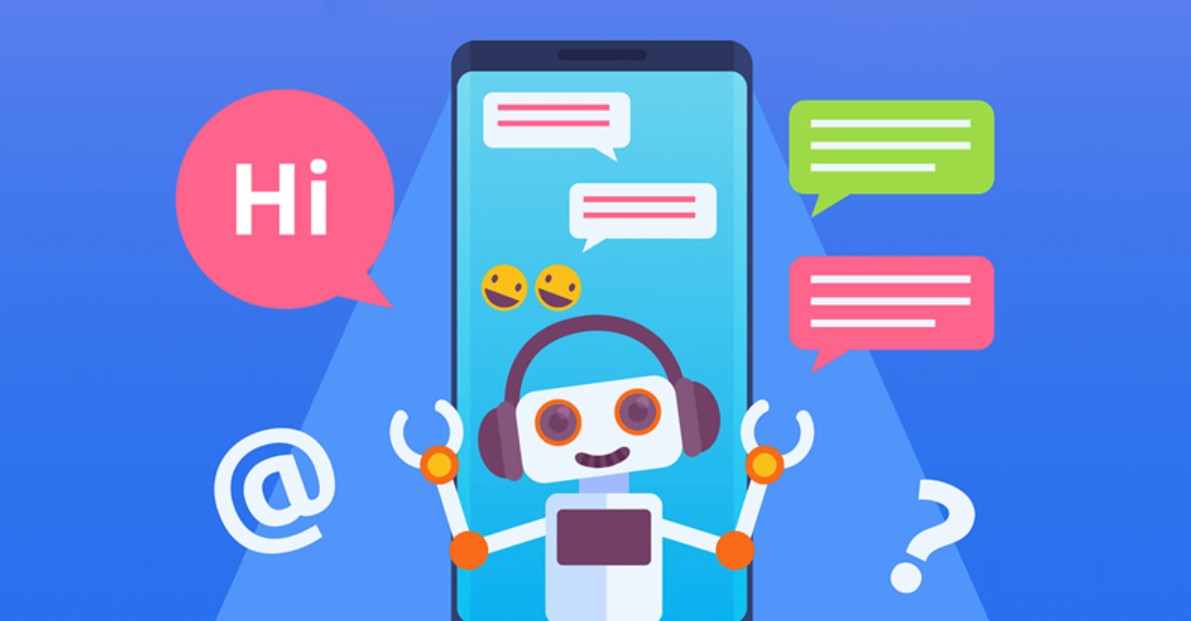
These barriers show that for AI to fully exploit its potential, there needs to be coordinated efforts among many parties: businesses need to improve their internal capacity, governments need to build strong security policies, and society needs to train a skilled workforce.
5. AI and the future of customer experience in Vietnam
As technology reshapes the entire way people communicate and shop, AI in customer messaging is not just a tool, but becoming the new norm .
Customers today expect fast, accurate, and personalized support. When businesses can meet these expectations through AI chatbots, they not only improve satisfaction but also increase engagement and loyalty. A customer who feels heard and served promptly is more likely to return and maintain a long-term relationship with the brand.
In the future, AI will go even further. Chatbot systems will not only answer questions or assist with purchases, but can also analyze user emotions, recognize moods through language, and thereby provide more sophisticated and appropriate responses. AI can suggest products in a more personalized way, even taking on the role of an online “consumer advisor”.
When this technology is widely deployed, Vietnam is fully capable of becoming one of the leading countries in applying AI to optimize customer experience, opening a new era for e-commerce and digital services.
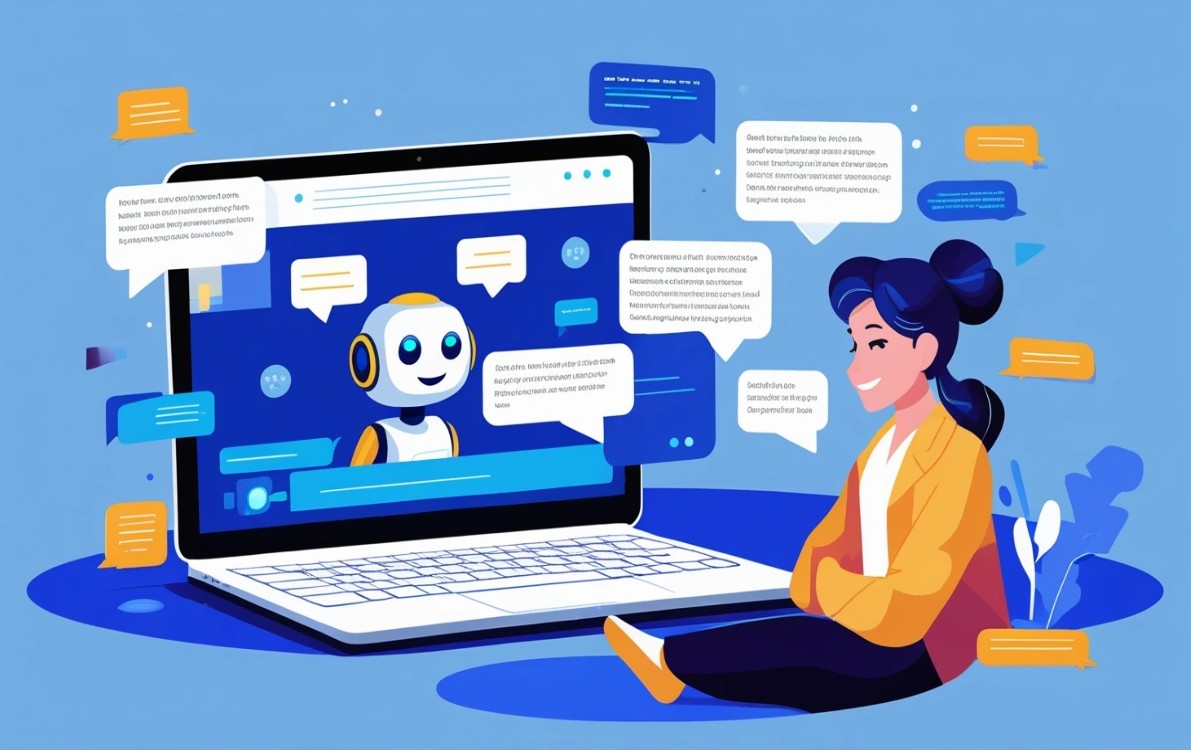
6. Conclusion
The fact that 65% of Vietnamese businesses have used AI to automatically send messages to customers is a clear demonstration of the rapid pace of digitalization and the strong spirit of innovation of the domestic business community. This figure not only affirms the leading position in the region but also reflects an open mindset and willingness to change to better serve customers.
However, to turn AI into a driving force for sustainable development, Vietnam needs to address many important challenges such as data security, human resource training and investment cost optimization. If these barriers are overcome, Vietnamese businesses will not only be able to utilize AI as a support tool, but also turn it into a long-term competitive advantage.
In a world where technology is constantly redefining business norms, AI will play a central role in the journey to improve customer experience. With its existing foundation and aspirations, Vietnam has every opportunity to become a pioneer in AI application in Southeast Asia, opening up many opportunities for sustainable development in the future.







